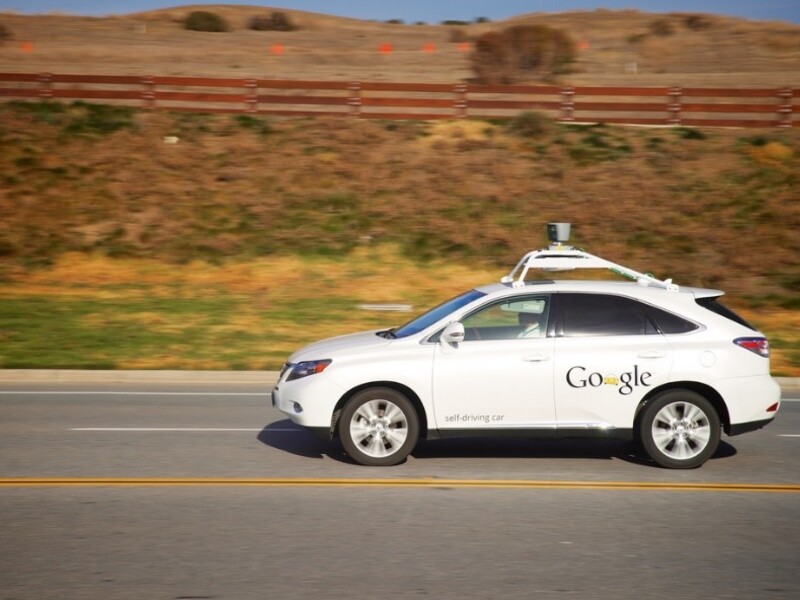
Article posted by
It has been announced that driverless lorries will be trialled on UK motorways for the first time next year. While this new kind of vehicle is an exciting prospect, not everyone shares the same opinion. There are so many ways self-driving cars could change things, from reducing traffic and emissions, to giving people more independence. However, a UK survey with over 3,000 people, found that 49% do not trust driverless cars to make carefully judged decisions. The same debate over vehicle safety took place a century ago and now, as the new road revolution gets into gear, it’s time to get to terms with the implications of a new technology.
We may be a few years away from mass production of self-driving cars, but there are still fully autonomous cars being used and tested right now. Safety is the main concern at the moment, especially since a self-driving car caused the death of Joshua Brown, the owner of a Tesla Model S. The car crashed into a lorry while it was set to “Autopilot” mode, as its sensors had failed to detect the truck. Tesla said that this is the first fatality in 130 million miles of their cars driving themselves. To put that into perspective, 1.25 million vehicle related deaths in 2013. Also, the number of road deaths in the UK has been rising steadily over the last few years and driverless cars are expected to reduce road accident and fatalities figures.
Many companies are developing their own self-driving cars, including Cambridge-based company FiveAI, which aims to build autonomous systems on existing cars. They aim to build an AI system that understands human behaviours and what is likely to come next from other drivers. If successful, this could be one solution to the problem that Tesla Model S experienced.
Of course, self-driving cars are not just about improving safety; they could help the quality of life for many people, particularly those with disabilities, as it could make it easier for them to get around. There is the potential for reduced fuel consumption by as much as 20%, as studies have shown that self-driving cars release less aerodynamic drag when “platooning”. A vehicle platoon is a group of cars that drive very close together at high speeds.
While questions about safety and the potential benefits are on everyone’s mind, we also must consider the infrastructure. When horse drawn carriages shifted to cars, the entire road network needed to be rethought. Our roads are unlikely to change as drastically when self-driving cars become commonplace, but modest changes to infrastructure could help support automated cars. For example, we could give construction workers wireless beacons or apps that direct self-driving cars, instead of relying on hand movements. The beacons would use a technology that would directly communicate with autonomous cars. There will need to be some form of change to our roads because they were built for human drivers in mind and not for computer programmes.
To make sure we’re truly ready, automated cars should be rolled out in selected cities with ‘automated car enabled’ zones. This approach would make it easier to test out the new technologies to support the automated cars. But for self-driving cars to work, they should be visually distinctive, so others on the road know what to expect. Their appearances are likely to change in time, just as the early horseless carriages did, becoming the ordinary cars that we know today.
The potential benefits of self-driving cars are wide-ranging, but introducing them into our lives will be a long-term process – one we will have to work towards, to ensure a smooth transition. With several well thought out changes to our cities’ infrastructures in tandem with a sustained pursuit of creative, innovative technologies, we could usher in a new era of high-tech transport that’s safer and more affordable sooner than you think.
We’re here if you need help defining a role or brief, specialist insight to help shape your ideas or expert help with your recruitment process. Just get in touch to arrange a conversation with one of the team or if you’re ready for us to find the perfect person for you, send us your brief.
If you’re looking for your ideal job send your CV to us to get started or search for the latest job vacancies and we’ll get the ball rolling.